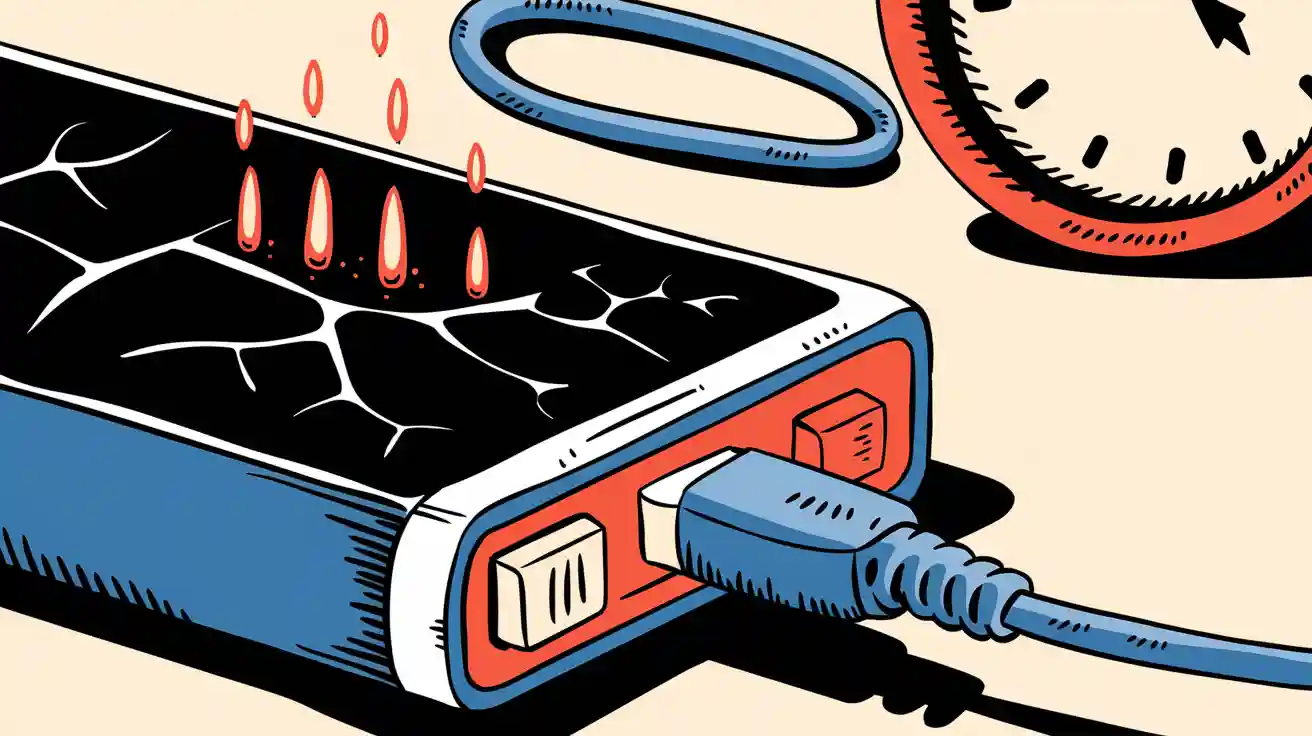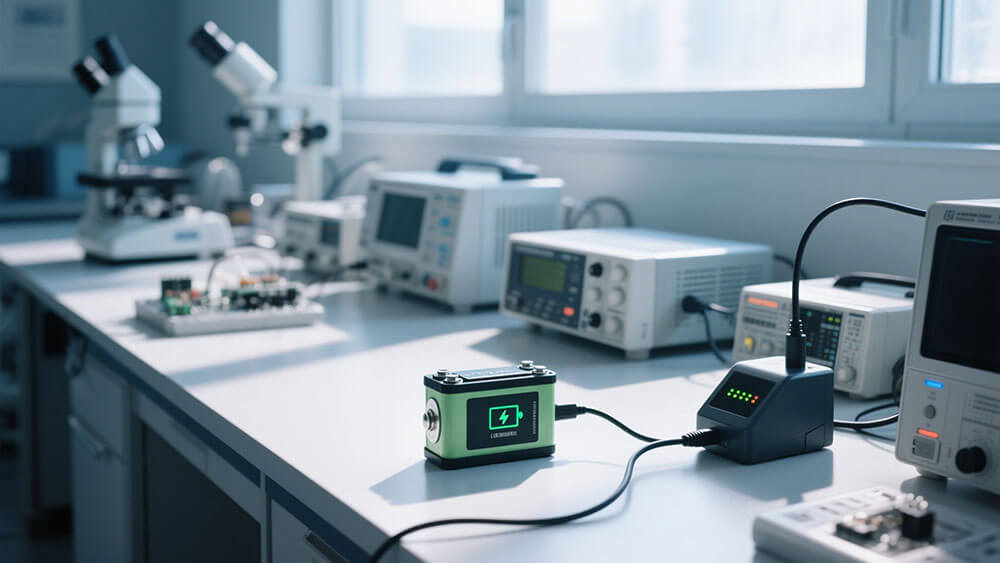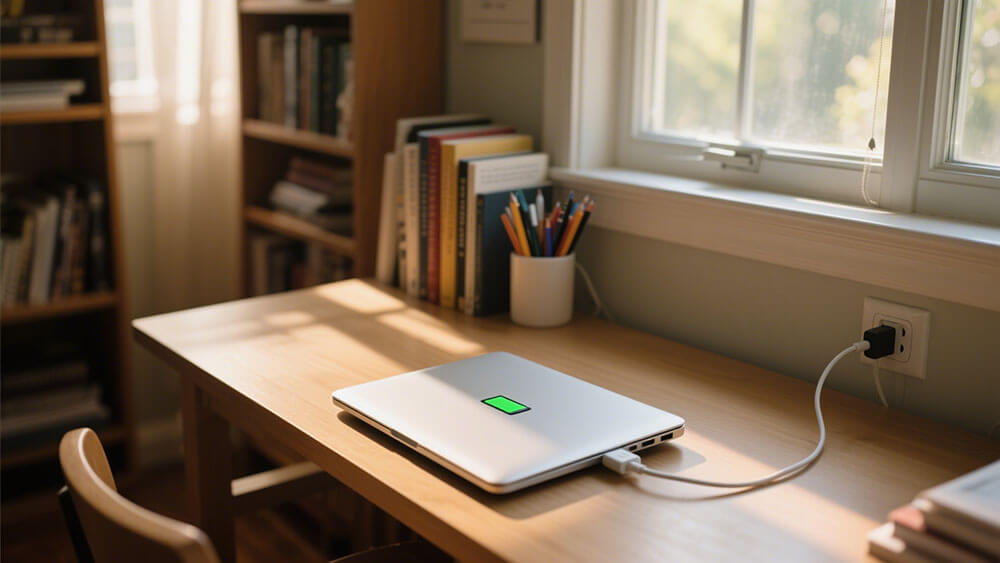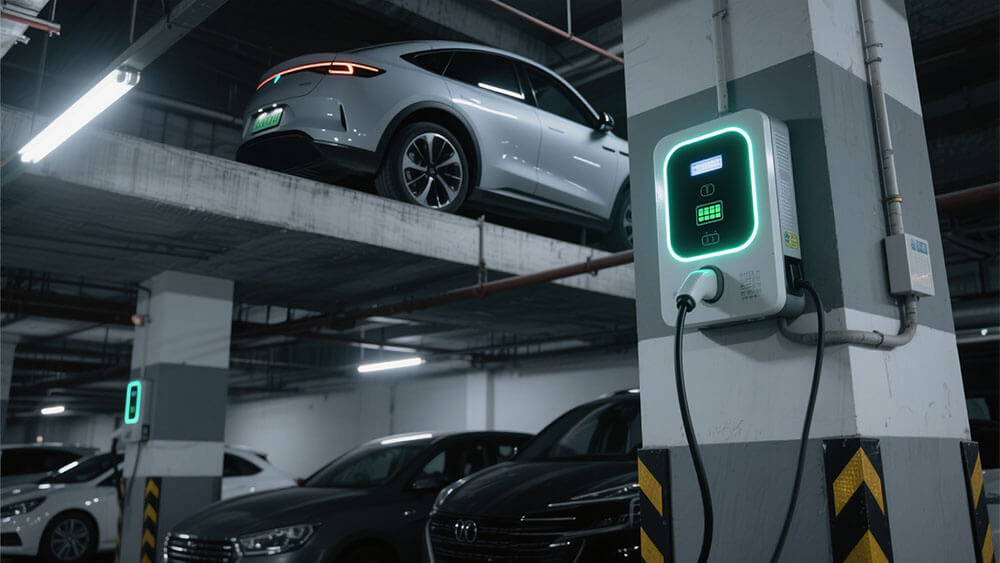Contents

Trickle charging to lithium battery poses significant risks to its health and safety. Unlike other battery types, lithium-ion batteries cannot handle continuous charging. Prolonged trickle charging can lead to metallic lithium plating on the anode, causing overheating or even venting at pressures as high as 3,450kPa. These conditions compromise the battery’s lifespan and stability. In contrast, precise charging methods ensure better performance, with batteries maintaining up to 80% capacity after 36 cycles compared to just 25 cycles using conventional methods. Understanding these risks helps you protect your lithium battery investment.
Key Takeaways
Trickle charging hurts lithium-ion batteries. It may lead to overcharging, overheating, or even explosions. Do not use this method to keep your battery safe.
Use smart chargers made for lithium-ion batteries. These chargers stop charging when the battery is full. This prevents harm and makes the battery last longer.
Always follow the maker’s rules for charging and storing lithium batteries. This keeps them safe and helps them work well for a long time.
Part 1: Understanding Trickle Charging

1.1 What Is Trickle Charging
Trickle charging is a method of maintaining a battery’s charge by applying a low, constant current. This approach is particularly useful for stationary applications where batteries are not frequently used. By matching the battery’s self-discharge rate, trickle charging ensures the battery remains topped up without overcharging. For instance, when a battery’s voltage drops below a critical level, such as 2.1V, a small current (around 50mA) is supplied to restore its charge. This process prevents deep discharge damage and prepares the battery for safe recharging.
The principle behind trickle charging lies in its ability to regulate current based on the battery’s voltage. This ensures optimal performance while avoiding risks like overheating or overcharging. It is a reliable method for maintaining battery health in specific scenarios, such as long-term storage or infrequent use.
1.2 Why Trickle Charging Works for Other Battery Types
Trickle charging is highly effective for traditional battery types like lead-acid and nickel-metal hydride (NiMH). These batteries benefit from a consistent flow of electricity to counteract self-discharge. For example, lead-acid batteries used in vehicles often require trickle charging to maintain their charge during periods of inactivity. Similarly, NiMH batteries rely on this method to balance individual cell voltages and prevent memory effects.
The process involves three key steps:
The charger monitors the battery’s voltage.
If the voltage falls below the target, a higher current is applied to recharge it.
Once the target voltage is reached, a steady, low current maintains the charge.
This method enhances the longevity and reliability of these battery types, making it a preferred choice for applications where maintaining a full charge is critical.
Part 2: Why Trickle Charging to Lithium Battery Is Harmful

2.1 Lithium-Ion Battery Chemistry and Charging Needs
Lithium-ion batteries rely on a delicate chemical balance to function effectively. Their chemistry involves lithium ions moving between the cathode and anode during charging and discharging cycles. This process enables high charge efficiency and energy density, making li-ion batteries ideal for applications like consumer electronics, medical devices, and industrial equipment. However, this efficiency comes with strict charging requirements.
Lithium-ion batteries typically use ether as an electrolyte and can employ various materials for electrodes, with lithium cobalt oxide and graphite being the most common. The mechanism of ion movement involves lithium ions being intercalated in graphite anodes, allowing for high charge storage efficiency. Research is ongoing to develop novel materials and improve battery performance, including the use of silicon-based anodes and nanostructures to enhance charge cycles.
Unlike traditional batteries, li-ion batteries cannot tolerate prolonged exposure to low currents, such as those used in trickle charging. Uniform lithium insertion is critical to maintaining battery life. Nonuniform insertion can cause localized expansion, leading to degradation and reduced performance. Additionally, higher charge rates can create uneven lithium flow, further exacerbating these issues. These factors highlight the importance of precise charging methods tailored to the unique needs of lithium-ion batteries.
2.2 Risks of Trickle Charging Lithium-Ion Batteries
Trickle charging to lithium battery systems introduces several risks that can compromise safety, performance, and longevity. Overcharging is one of the most significant dangers. While protection circuits in modern lithium-ion batteries are designed to prevent overcharge, prolonged trickle charging can bypass these safeguards, leading to severe consequences.
Only one in every 10 million lithium-ion batteries fails when used correctly.
Overcharging or misuse significantly increases the risk of failure, including overheating and explosions.
Chronic overcharging damages the battery’s internal chemistry. It can cause swelling, leakage, or even thermal runaway—a condition where the battery overheats uncontrollably, potentially resulting in fires or explosions. Excess current during trickle charging can also lead to overheating, further increasing these risks.
Overheating: Excess current during charging can lead to overheating, which poses a fire risk.
Swelling or Leakage: Chronic overcharging damages battery chemistry, causing swelling or leakage.
Explosion Risk: Overheating can lead to thermal runaway, potentially resulting in explosions.
Additionally, trickle charging can degrade the electrolyte and promote the growth of lithium dendrites. These dendrites can pierce the battery’s separator, causing internal short circuits and further reducing battery life. For lithium polymer batteries, the risks are even more pronounced due to their thinner separators and higher energy densities.
To protect your lithium-ion batteries, avoid using trickle charging methods. Instead, rely on smart chargers and follow manufacturer guidelines to ensure optimal charge rates and safety. Proper charging practices not only extend battery life but also reduce the risk of catastrophic failures.
Part 3: Best Practices for Charging Lithium-Ion Batteries

3.1 Use Smart Chargers for Lithium Batteries
Smart chargers are essential tools for maintaining the health and longevity of lithium-ion batteries. These chargers are designed to deliver precise charge rates and automatically adjust to the battery’s needs. Unlike conventional chargers, smart chargers prevent overcharging by cutting off the current once the battery reaches full capacity. This feature aligns with the overcharge protection mechanisms built into most lithium-ion batteries, ensuring safety and optimal performance.
Using a smart charger offers several advantages:
Implement consistent charging routines to maintain optimal cell chemistry and extend overall battery life.
Provides real-time insights, including State-of-Charge (SOC) monitoring, temperature tracking, and voltage readings.
Reduce the risk of overheating or thermal runaway by ensuring the battery receives the correct charge rate.
By investing in a high-quality smart charger, you can protect your lithium-ion batteries from unnecessary wear and tear. This approach not only enhances safety but also maximizes the battery’s lifespan, making it a cost-effective solution for both personal and industrial applications.
3.2 Avoid Prolonged Charging
Prolonged charging is one of the most common mistakes users make when handling lithium-ion batteries. Leaving a battery connected to a charger for extended periods can lead to overcharging, even if the device has built-in overcharge protection. Over time, this practice accelerates degradation and reduces battery life.
The following table highlights key performance metrics and their implications on battery lifespan:
Performance Metric | Implication on Battery Lifespan |
|---|---|
Avoiding deep cycles over 60% DoD | Ensures maximal battery lifetime for EVs |
Maintaining temperatures below 30 °C | Reduces degradation rates |
Keeping average SoC below 60% | Minimizes aging effects |
High charging current | Accelerates lithium ion transfer, leading to degradation |
Overcharging | Can cause thermal runaway and significantly shorten lifespan |
To avoid these issues, unplug your device once the battery reaches full charge. If you need to store the battery for an extended period, maintain a charge level of around 50%. This practice minimizes stress on the battery’s internal components and helps preserve its capacity over time.
3.3 Follow Manufacturer Guidelines for Lithium Battery Packs
Adhering to manufacturer guidelines is crucial for ensuring the safety and performance of lithium-ion batteries. These guidelines are tailored to the specific chemistry and design of the battery pack, providing detailed instructions on charging, storage, and usage.
Key recommendations include:
Always follow the manufacturer’s instructions to prevent overheating, fires, or explosions. In 2023 alone, there were 268 reported fires caused by lithium-ion batteries, particularly in e-bikes.
Use chargers that are compatible with your battery pack to avoid mismatched charge rates.
Store batteries in a cool, dry place to reduce the risk of thermal runaway.
By following these guidelines, you can mitigate risks and extend the battery’s lifespan. For custom battery solutions tailored to your specific needs, consider consulting with experts like Large Power. Their expertise in lithium-ion battery technology ensures you receive the best possible advice and support. Learn more about custom battery solutions here.
Trickle charging to lithium battery systems poses significant risks, including overcharging, reduced battery life, and safety hazards. You can avoid these issues by adopting best practices:
Use intelligent chargers that automatically stop when the battery is full. This prevents overcharging and extends battery life.
Avoid prolonged charging, as it accelerates degradation and increases the risk of overheating.
Follow manufacturer guidelines to ensure the correct charge rate and maintain the integrity of your li-ion battery.
Using unsuitable chargers or neglecting these practices can lead to severe consequences, such as fires caused by high temperatures. Protect your lithium batteries by prioritizing proper care and charging methods.
FAQ
1. Why is trickle charging unsuitable for lithium-ion batteries?
Trickle charging causes overcharging, overheating, and chemical degradation in lithium-ion batteries. These issues reduce battery lifespan and increase safety risks, such as thermal runaway or fire hazards.
2. Can I leave my lithium-ion battery plugged in overnight?
Avoid leaving it plugged in overnight. Prolonged charging stresses the battery, accelerates aging, and increases the risk of overheating, even with built-in protection circuits.
3. What is the safest way to charge lithium-ion batteries?
Use a smart charger designed for lithium-ion batteries. It automatically stops charging when full, preventing overcharging and ensuring optimal battery health and safety.





